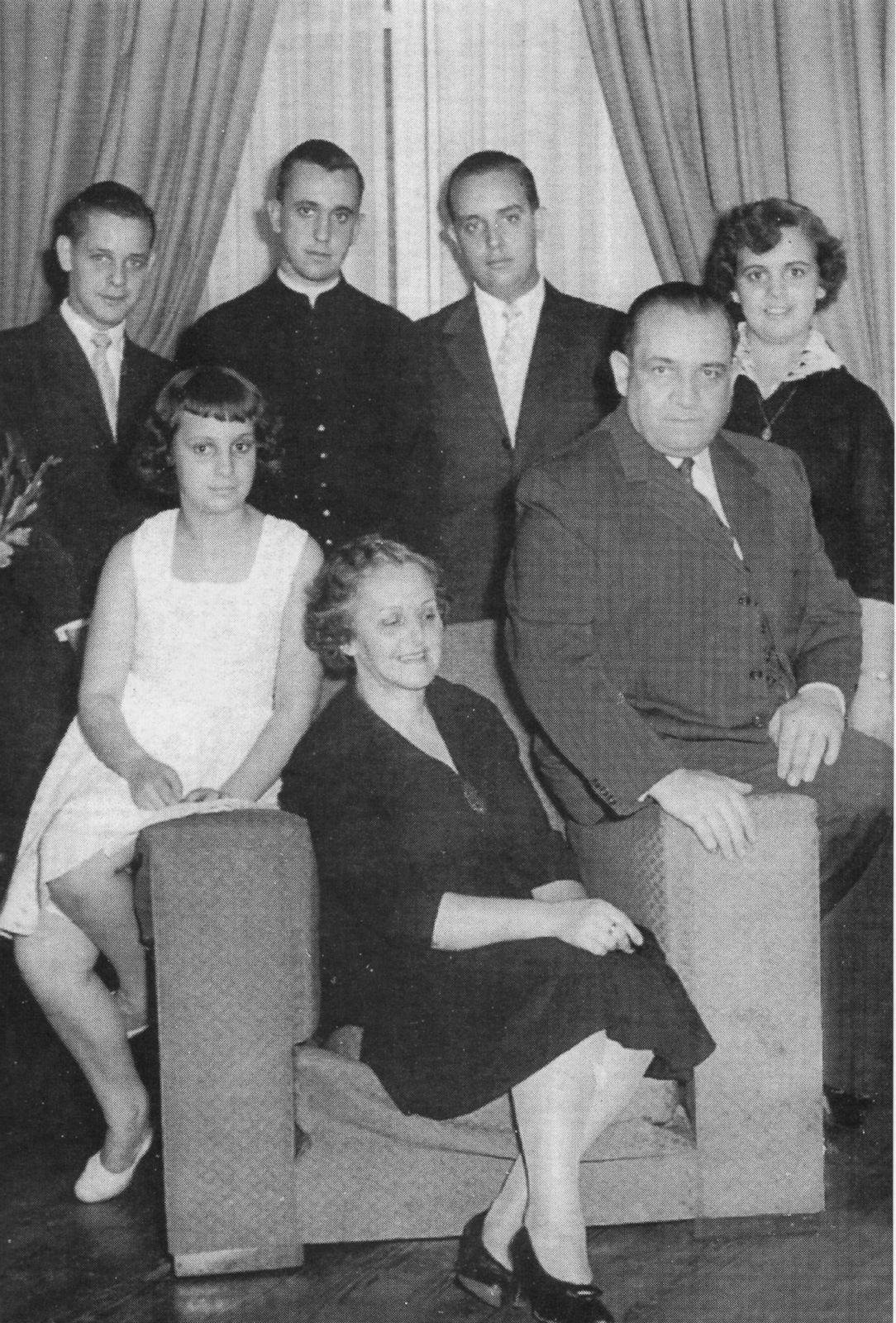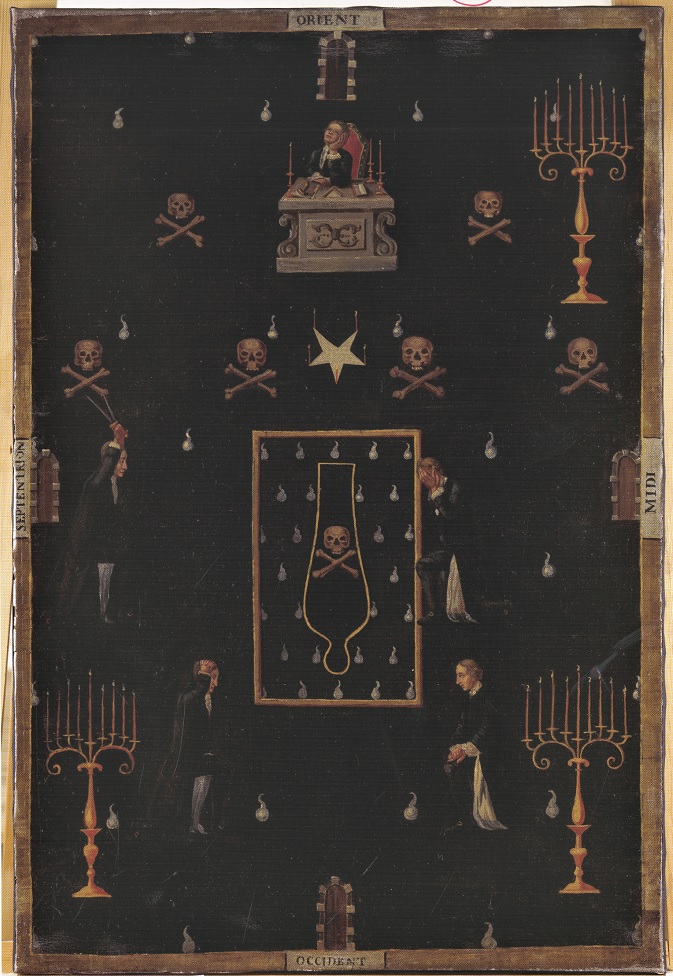Why does the Catholic Church maintain a centuries-long prohibition against Catholics joining Freemasonry? The Vatican's recent reaffirmation of this ban, approved by Pope Francis himself, underscores a deep-seated theological and historical conflict that continues to resonate today.
The recent pronouncements from the Vatican, specifically from the Dicastery for the Doctrine of the Faith, have made it abundantly clear: Catholics are unequivocally forbidden from becoming Freemasons. This reiteration of the ban, a stance held by the Church for centuries, has once again brought the complex relationship between Catholicism and Freemasonry into the spotlight. The Dicastery, in response to a query from Bishop Julito Cortes of Dumanguete in the Philippines, provided the definitive answer, leaving no room for ambiguity. This decree, signed by Cardinal Victor Fernández, the Prefect of the Dicastery, and endorsed by Pope Francis, serves as a clear reminder of the Church's position.
To understand the context of this prohibition, we must delve into the history of this contentious relationship. The origins of the Church's negative view of Freemasonry can be traced back to the 18th century, when the secretive nature and philosophical underpinnings of Masonic lodges raised concerns within the Catholic Church. The Church viewed Freemasonry's emphasis on natural religion, rationalism, and its own rituals and allegiances as incompatible with Catholic dogma. The Vatican feared that Freemasonry promoted religious indifferentism and, in extreme cases, actively worked against the Church. These concerns, coupled with the perceived secrecy and potential for subversive activities within Masonic lodges, led to the initial condemnation of Freemasonry by the Church.
The prohibition is not a recent development; it's rooted in centuries of theological debate and historical tension. In 1737, the Inquisition investigated a Masonic lodge in Florence, Italy, which had been founded in 1733 by Charles Sackville, 2nd Duke of Dorset. This investigation, and others like it, fueled the Church's growing disapproval of Freemasonry. The ban has been reaffirmed multiple times throughout history, each time serving to reinforce the Church's stance and clarify its expectations of the faithful.
The impact of this ban extends beyond mere religious doctrine. It affects the lives of millions of Catholics globally, influencing their social interactions, organizational affiliations, and personal beliefs. The Church views this restriction as essential to preserving the integrity of the Catholic faith and protecting its members from what it considers to be heretical teachings or incompatible practices. The Church's stance is also deeply rooted in its understanding of its own role in the world. It sees itself as the guardian of truth, and therefore it must take a firm stance against beliefs or practices that it sees as challenging that truth.
The ongoing friction between the Vatican and Freemasonry has also fueled conspiracy theories. One such theory revolves around Pope Francis and his alleged connection to Freemasonry. The theory gained traction based on a photograph taken in 2008 by Pablo Leguizamón, depicting then-Archbishop Jorge Mario Bergoglio. This particular theory, while circulating widely, is based on conjecture and a misunderstanding of the symbolic nature of actions.
The Church, through its repeated pronouncements, seeks to maintain clarity on this crucial issue. The recent document signed by Pope Francis and Cardinal Fernández serves to underscore the unwavering nature of this prohibition. It is a message directed to the faithful, reminding them of their obligations and the boundaries that the Church considers essential to safeguard the integrity of their beliefs. It is a signal that the Church considers the matter settled.
The ongoing debate over the relationship between the Catholic Church and Freemasonry also highlights the importance of interfaith dialogue and understanding. While the Church maintains its prohibition, it is also important to recognize the diversity within Freemasonry itself. There are various Masonic traditions and lodges, each with its own beliefs and practices. The Church's prohibition primarily targets the perceived incompatibility of Freemasonry with Catholic doctrine, rather than a condemnation of all Freemasons.
The Church's stance on Freemasonry underscores its commitment to its core theological beliefs and the protection of its flock. It's a continuation of a historical conflict, re-emphasized in recent directives from the Vatican, meant to ensure that the faithful understand the Church's requirements. This reiteration shows the Church's resolve to safeguard its doctrines and to provide spiritual guidance. The ban is seen by the Church as a vital safeguard of its teachings and a cornerstone of its identity.
The latest reiteration of the ban, coming from the Dicastery for the Doctrine of the Faith, is not merely a formality. It is an action undertaken by the Church to make sure its position is known and its expectations are understood. It's designed to reduce any ambiguity and prevent confusion. The message is clear: Catholics are forbidden to join Masonic lodges, period.
The implications of this prohibition reverberate across various aspects of Catholic life. It impacts social interactions, organizational affiliations, and personal convictions. As the Church stands firm, it seeks to uphold its position as the guardian of faith, while also navigating the complexities of a world where diverse beliefs and associations co-exist. It is a complex situation that reflects the church's long-standing commitment to safeguarding its beliefs.
The Catholic Church's continued prohibition against Catholics joining Freemasonry is a complex issue with deep historical roots, as this recent reaffirmation of the ban highlights. The Church's stance, originating from the 18th century, is rooted in theological concerns surrounding Freemasonry's rituals, beliefs, and its perceived potential for undermining Catholic doctrine. The reaffirmation by the Vatican, including the endorsement of Pope Francis, emphasizes the Church's commitment to its teachings, its mission, and its role as the guardian of faith, ensuring that the faithful adhere to the defined requirements.
As this complex narrative unfolds, it is crucial to consider the differing perspectives and histories. The Church's perspective is rooted in theological principles and a history of concerns about the nature of Freemasonry. Freemasonry, on the other hand, has evolved and diversified over time, with many lodges emphasizing ethical conduct, fellowship, and community service. Despite the ongoing tension, the Vatican’s repeated declarations on this topic serve as an assertion of its authority.
Ultimately, the ongoing friction between the Church and Freemasonry reflects a broader landscape of religious, philosophical, and societal values. It is a story of deeply held beliefs, historical disputes, and the ongoing search for understanding and clarity.
The recent affirmation of the ban should not be interpreted as a sudden development. It is a continuation of a long-standing position, a message intended to clarify and re-emphasize the Church's expectations. This position serves as a clear statement of the Church's authority, its theological beliefs, and its responsibility to safeguard its doctrines.
The Church's ban on Freemasonry represents an enduring element of its theological framework. The current leadership, exemplified by Pope Francis and Cardinal Victor Fernández, continues to uphold this stance, reaffirming its importance. The Church is dedicated to upholding its teachings, ensuring clarity for its members, and maintaining the integrity of its beliefs. This most recent iteration serves as a clear confirmation of the existing prohibition.
The core of this prohibition is the potential for conflict between Masonic principles and Catholic doctrine. The Church considers that Freemasonry's emphasis on natural religion, rationalism, and certain rituals is incompatible with its own teachings. The Church believes that Freemasonry may promote religious indifference. It believes that this incompatibility endangers its teachings. The Catholic Church continues to take a firm stance on this matter, protecting its doctrine.



